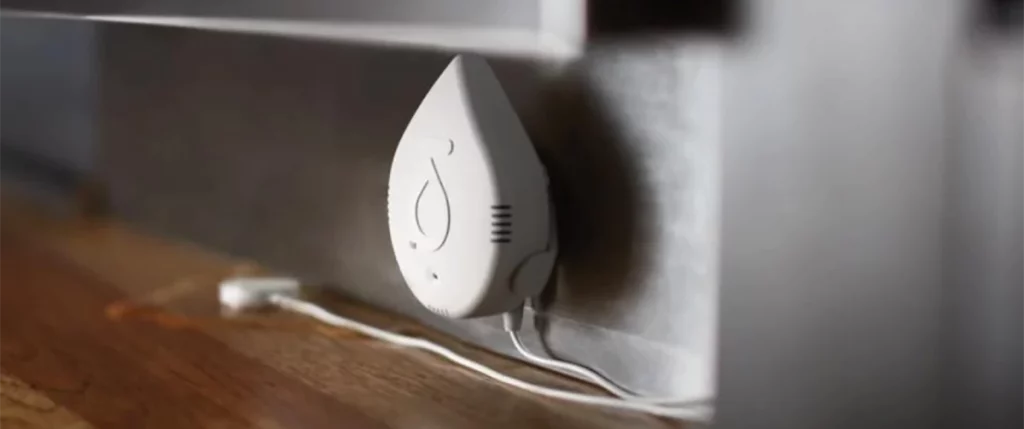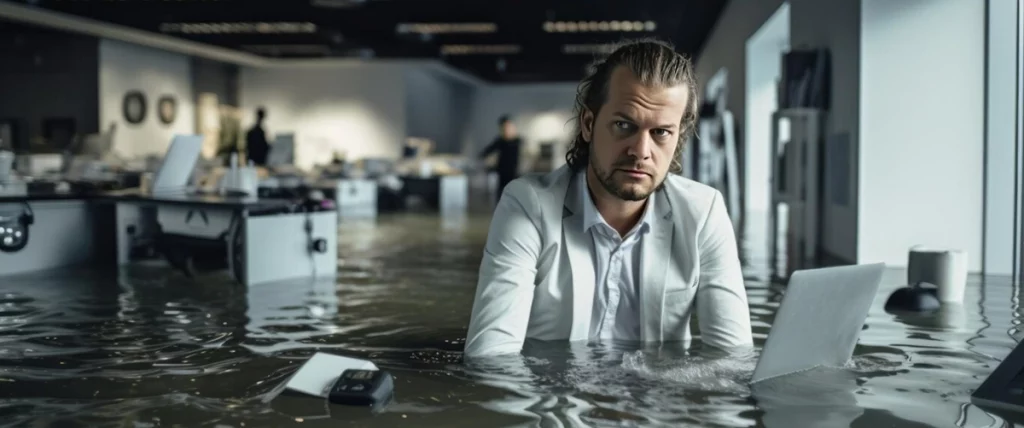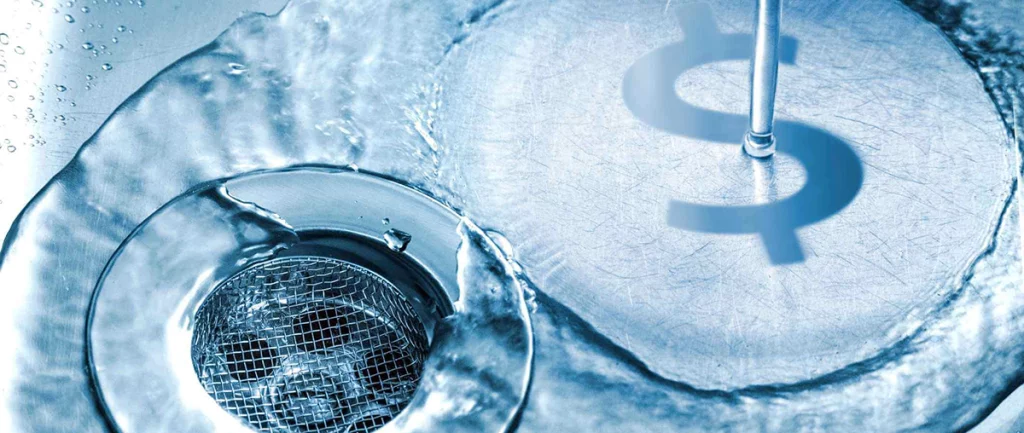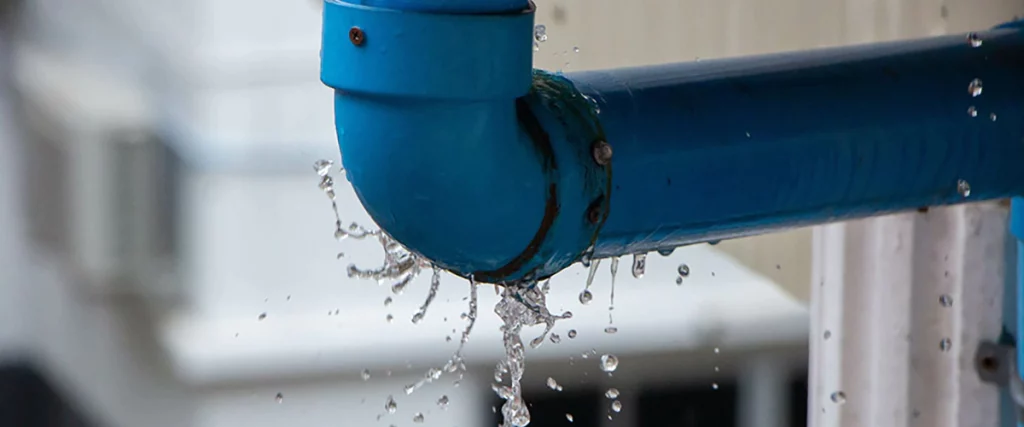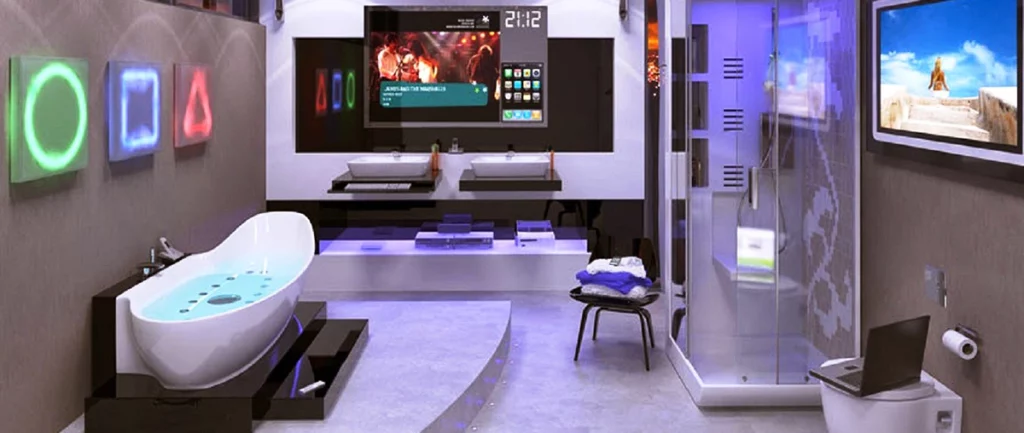Your home’s plumbing system is like the unsung hero, silently ensuring a smooth flow of water for various daily activities. However, just like any other system, it requires attention and care to prevent issues that could lead to inconvenience and costly repairs. In this article, we delve into the significance of regular plumbing maintenance and how it contributes to the well-being of your home.
Contents
Preventing Costly Repairs
Regular plumbing maintenance allows for the early detection of potential issues. Addressing small problems before they escalate into major repairs can save you a significant amount of money. It’s more cost-effective to fix a minor leak promptly than dealing with water damage, mould growth, or extensive pipe replacements.
- Identifying and Fixing Leaks Early:
One of the most common and potentially costly plumbing issues is leaks. A small, seemingly inconspicuous drip can lead to significant water damage over time. Regular inspections of pipes, faucets, and fixtures can help identify leaks early on. Addressing these minor leaks promptly not only prevents structural damage but also saves you from the expense of extensive repairs.
- Tackling Slow Drains and Clogs:
A slow drain might be a mere inconvenience at first, but if left unattended, it can escalate into a complete blockage, leading to plumbing emergencies. Periodic checks and proactive measures, such as using drain screens and avoiding the disposal of grease or large items down drains, can prevent clogs. This simple prevention can spare you the cost of emergency plumbing services.
- Regular Maintenance of Water Heaters:
Water heaters are a critical component of your plumbing system, and breakdowns can be costly to repair or replace. Regular flushing of the tank, checking for sediment buildup, and ensuring the pressure relief valve functions properly can extend the lifespan of your water heater. By neglecting maintenance, you risk facing a sudden malfunction that could lead to substantial expenses.
- Addressing Aging or Corroded Pipes:
Over time, pipes can corrode or deteriorate, especially in older homes. Regular inspections of visible pipes and proactive replacement of ageing components can prevent catastrophic pipe failures. Replacing a section of corroded pipe is far less expensive than dealing with water damage restoration or a full plumbing system overhaul.
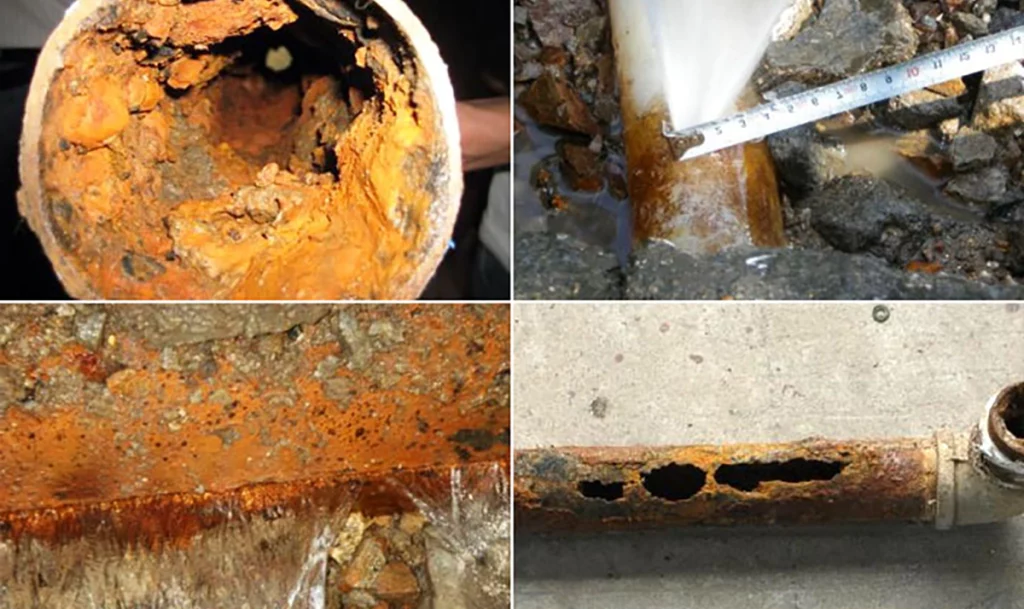
- Preventing Freezing and Bursting Pipes
Winter can bring the risk of frozen pipes, which, if not addressed, may lead to bursting. Proper insulation, especially in vulnerable areas like crawlspaces and attics, can prevent freezing. Taking the time to apply insulation is a small investment compared to the substantial costs associated with repairing burst pipes and water damage.
- Investing in a Pressure Regulator
High water pressure can cause stress on your plumbing system, leading to leaks, burst pipes, and damaged fixtures. Installing a pressure regulator is a preventive measure that helps maintain optimal water pressure. This relatively inexpensive device can save you from the expense of repairing the collateral damage caused by excessive pressure.
- Regular Inspection of Sewer Lines
Sewer line issues can be particularly costly if not detected early. Periodic inspections, especially if you notice slow drains or foul odours, can identify problems before they escalate. Early intervention, such as root removal or patching small cracks, can prevent the need for extensive sewer line replacements.
Extending the Lifespan of Plumbing Fixtures
Like any other household equipment, plumbing fixtures have a finite lifespan. Regular maintenance helps in preserving the longevity of these fixtures. By addressing wear and tear, cleaning sediment buildup, and ensuring proper functioning, you can extend the lifespan of faucets, pipes, water heaters, and other plumbing components.
| Extending the Lifespan of Plumbing Fixtures | Common Fixtures | Maintenance Tips |
| Faucets | Regularly clean aerators. |
|
| Pipes | Inspect for corrosion. |
|
| Water Heaters | Flush the tank regularly. |
|
| Showerheads | Clean mineral deposits. |
|
| Toilets | Check and replace flappers. |
|
| Drains | Use drain screens. |
|
Preventing Emergency Situations
Plumbing emergencies, such as burst pipes or severe leaks, can be disruptive and stressful. Regular maintenance minimises the risk of such emergencies by identifying and fixing potential issues beforehand. It allows you to have better control over your plumbing system and reduces the likelihood of sudden, inconvenient breakdowns.
1. Identifying and Fixing Leaks Early
One of the most common plumbing emergencies is a sudden leak. Whether it’s a burst pipe or a persistent drip, leaks can lead to water damage and mould growth. Regularly inspect your plumbing system for any signs of leaks, such as water stains or dampness. Addressing small leaks promptly can prevent them from escalating into larger, more damaging issues.
2. Tackling Slow Drains and Clogs
Blocked drains can quickly turn into a plumbing emergency, causing water backups and potential damage. To prevent this, be mindful of what goes down your drains. Use drain screens to catch debris, avoid pouring grease down the sink, and periodically flush drains with hot water to clear minor clogs. Taking these simple steps can spare you from the inconvenience of a sudden drain blockage.
3. Regular Maintenance of Water Heaters
A malfunctioning water heater can be a major inconvenience, especially during colder months. Regularly maintaining your water heater by flushing the tank, checking for sediment buildup, and ensuring the pressure relief valve is functional can prevent unexpected breakdowns. By addressing potential issues proactively, you can avoid waking up to a cold shower or dealing with water heater replacements.
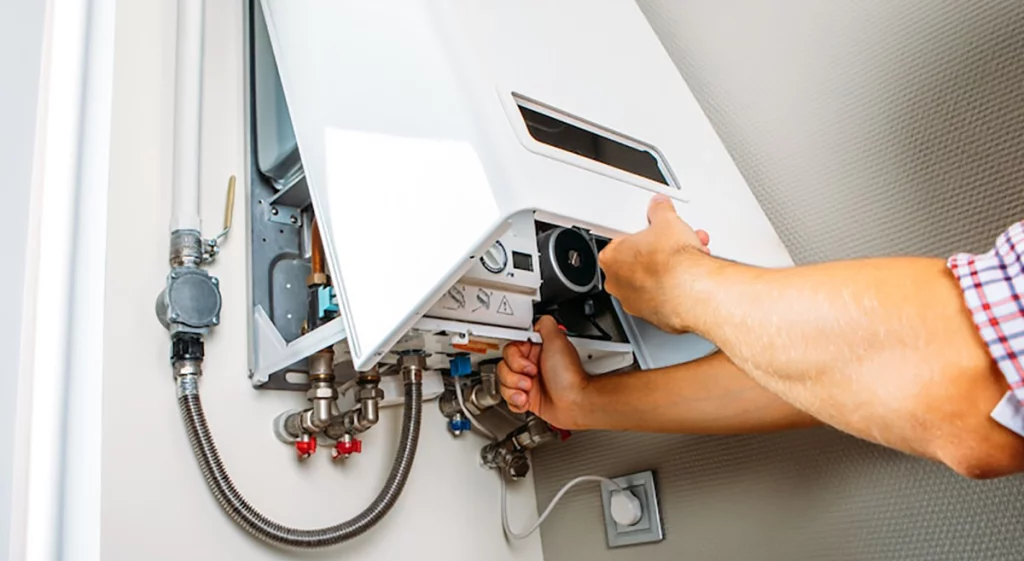
4. Addressing Aging or Corroded Pipes
Older or corroded pipes pose a significant risk of bursting, leading to water damage and structural issues. Regularly inspect visible pipes and replace ageing components to prevent emergency situations. Identifying and replacing corroded pipes before they fail can save you from the extensive damage caused by burst pipes.
5. Preventing Freezing and Bursting Pipes
Winter brings the risk of frozen pipes, which can result in bursting and significant water damage. Proper insulation of vulnerable pipes, especially in unheated areas like crawlspaces and attics, is crucial. Taking preventive measures against freezing pipes can spare you from the chaos of dealing with burst pipes and emergency repairs.
6. Investing in a Pressure Regulator
High water pressure can stress your plumbing system, leading to leaks, bursts, and damaged fixtures. Installing a pressure regulator is a preventive measure that helps maintain optimal water pressure. This relatively simple addition can prevent emergency situations caused by excessive water pressure.
7. Regular Inspection of Sewer Lines
Sewer line issues can be messy and expensive to fix. Periodic inspections, especially if you notice slow drains or foul odours, can identify problems before they become emergencies. Early intervention, such as root removal or patching small cracks, can prevent the need for emergency sewer line replacements.
Maintaining Water Efficiency
A well-maintained plumbing system operates more efficiently. Fixing leaks, ensuring proper water pressure, and replacing outdated fixtures contribute to water conservation. This not only benefits the environment but also results in lower water bills for homeowners. Conserving water is a crucial aspect of responsible homeownership.
| Maintaining Water Efficiency in Your Home | Tips for Efficiency |
| Fixing Leaks Promptly |
|
| Upgrading to Water-Efficient Fixtures |
|
| Practising Smart Water Usage Habits |
|
| Regularly Checking for Toilet Leaks |
|
| Using Appliances Efficiently |
|
| Landscaping with Water Conservation in Mind |
|
Preventing Water Contamination
Regular maintenance includes inspecting and ensuring the integrity of pipes. This is essential to prevent water contamination. Leaks or corrosion in pipes can introduce harmful substances into your water supply. By addressing these issues proactively, you protect the health and safety of your household.
- Regular Inspection of Plumbing:
A significant source of water contamination can be within your own plumbing system. Regularly inspect pipes, faucets, and fixtures for signs of corrosion, leaks, or discoloration. Addressing these issues promptly can prevent harmful substances from entering your water supply. If you notice any unusual changes in water colour, taste, or odour, investigate and seek professional assistance if needed.
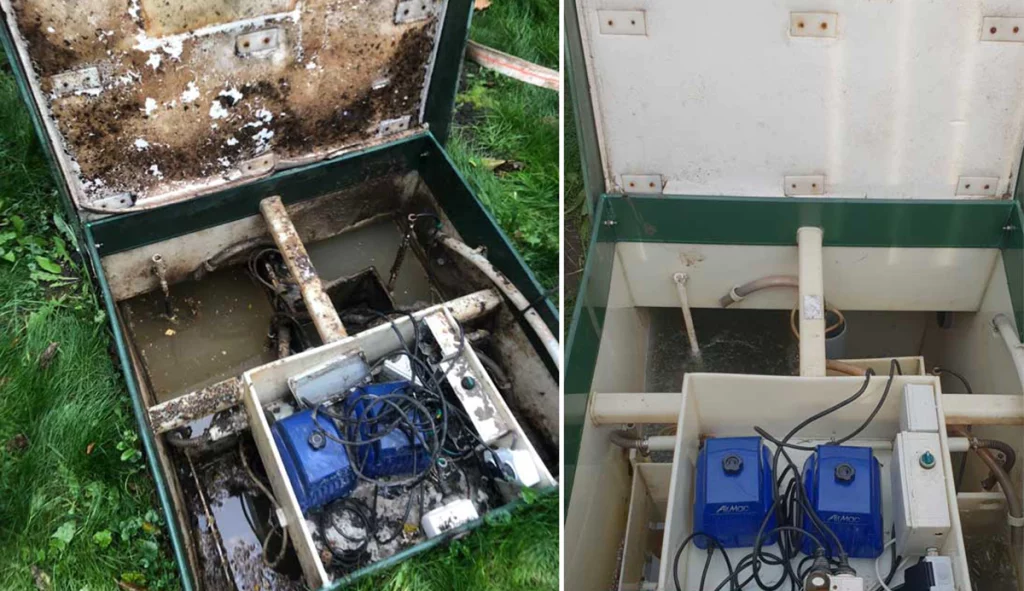
- Proper Waste Disposal:
Improper disposal of household waste can lead to contamination of groundwater and nearby water sources. Avoid disposing of chemicals, pharmaceuticals, or hazardous materials down drains or toilets. Use designated disposal sites for such items, and follow local guidelines for the safe disposal of waste. This simple measure helps protect both your local environment and water supply.
- Regular Maintenance of Septic Systems:
If your home relies on a septic system, regular maintenance is crucial. Ensure that the tank is pumped regularly to prevent the buildup of contaminants. Check for any signs of septic system failure, such as slow drains or foul odours. A well-maintained septic system minimises the risk of pollutants reaching groundwater and nearby water bodies.
- Avoiding Cross-Contamination:
Prevent cross-contamination by keeping potential sources of contamination away from water sources. Store chemicals and cleaning agents securely, away from areas where they can come in contact with water. Be cautious with outdoor activities that involve fertilisers or pesticides, ensuring they are used away from wells, boreholes, or any water supply points.
- Testing Well Water:
If your home relies on a well for water, regular testing is essential. Well water can be susceptible to various contaminants, including bacteria, nitrates, or heavy metals. Schedule periodic testing to ensure the safety of your well water. If test results indicate contamination, take appropriate measures to address the specific issue promptly.
- Protecting Against Backflow:
Backflow, the unwanted reversal of water flow, can introduce contaminants into your plumbing system. Install backflow prevention devices, especially if you use irrigation systems or have connections to potential contamination sources. Regularly inspect and maintain these devices to ensure their effectiveness.
- Mindful Landscaping Practices:
The chemicals used in landscaping, such as fertilisers and pesticides, can contribute to water contamination. Adopt organic and environmentally friendly landscaping practices. Choose native plants that require fewer chemicals, and apply fertilisers and pesticides sparingly and according to recommended guidelines. These practices help safeguard water quality.
- Staying Informed and Involved:
Stay informed about local water quality issues and regulations. Participate in community efforts to protect water sources. Report any suspicious activities or potential contamination sources to local authorities. By staying involved, you contribute to the collective effort to maintain clean and safe water for everyone.
Safeguarding Against Seasonal Challenges
Different seasons bring unique challenges to your plumbing system. Winter, for instance, can lead to frozen pipes. Regular maintenance involves preparing your plumbing for seasonal changes. Insulating pipes, checking for vulnerabilities, and ensuring proper heating are part of this preventive approach.
Enhancing Home Resale Value
A well-maintained plumbing system adds value to your home. When potential buyers see that the plumbing is in good condition, it contributes to their confidence in the overall condition of the property. This can be a significant selling point if you decide to put your home on the market.
1. Modernising Fixtures for Aesthetic Appeal:
Outdated fixtures can give the impression that your home is stuck in the past. Consider upgrading faucets, showerheads, and other visible fixtures to modern, stylish options. Opt for finishes that are popular in current design trends, such as brushed nickel or matte black. Aesthetic upgrades not only add visual appeal but also convey a sense of well-maintained, contemporary living spaces.
2. Installing Water-Efficient Fixtures:
Homebuyers are increasingly conscious of water conservation and efficiency. Installing water-efficient fixtures, such as low-flow toilets and faucets, not only appeals to environmentally conscious buyers but also translates to lower water bills for the new homeowners. This eco-friendly feature can be a strong selling point, contributing to the overall attractiveness of your property.
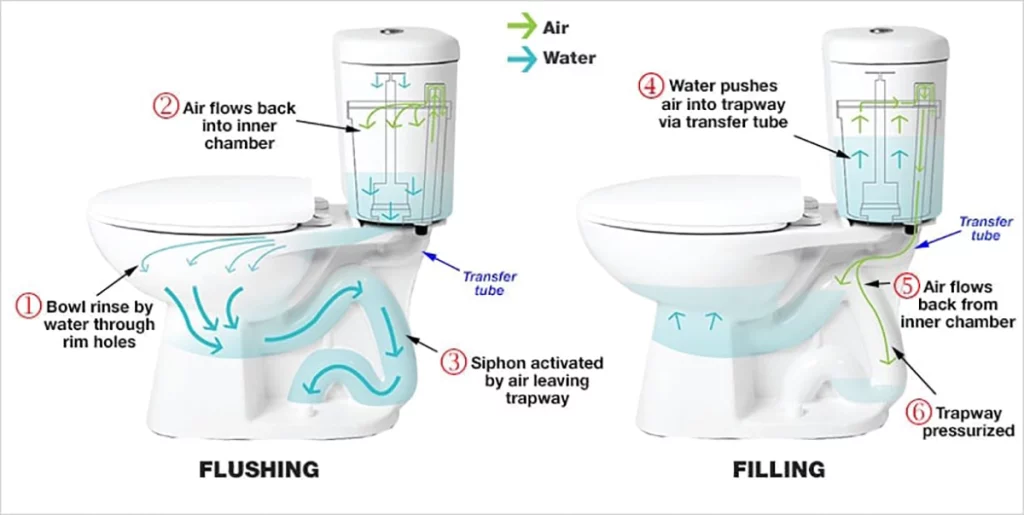
3. Upgrading the Water Heater:
An old or inefficient water heater can be a turn-off for potential buyers. Consider upgrading to a newer, energy-efficient model. Tankless water heaters, in particular, are gaining popularity for their space-saving design and on-demand hot water capabilities. A reliable and energy-efficient water heater enhances the overall functionality of your home, making it more appealing to prospective buyers.
4. Addressing Plumbing Issues Proactively:
A home inspection is a standard part of the buying process, and plumbing issues can be a red flag for potential buyers. Address any plumbing issues proactively before listing your home. Fix leaks, repair any damaged pipes, and ensure that all plumbing systems are in good working condition. A well-maintained plumbing system instils confidence in buyers, eliminating concerns about hidden problems.
5. Showcasing a Well-Maintained Septic System:
For homes with septic systems, proper maintenance is essential. Ensure that your septic system is regularly inspected and pumped as needed. Documenting a well-maintained septic system assures buyers that they won’t encounter unexpected issues post-purchase. This transparency can significantly contribute to a positive perception of your property.
6. Highlighting Smart Home Plumbing Technology:
Incorporate smart home plumbing technology into your property. Smart leak detection systems, water monitoring devices, and programmable irrigation systems showcase your home’s commitment to modern living. Highlighting these technological features can set your property apart in a competitive market, attracting tech-savvy buyers.
7. Ensuring Adequate Water Pressure:
Buyers often appreciate strong water pressure in showers and faucets. Check and, if necessary, upgrade your water pressure system to ensure optimal performance. Adequate water pressure enhances the overall user experience, making your home more appealing to potential buyers who prioritise comfort.
8. Providing Documentation for Plumbing Upgrades:
Keep records and documentation of any plumbing upgrades and maintenance. This documentation serves as evidence of your commitment to the property’s upkeep. Buyers appreciate transparency and proof of investments made in the home, contributing to their confidence in the overall condition of the property.
Regular plumbing maintenance is not just about fixing issues when they arise; it’s a proactive approach to caring for your home. It’s an investment in the longevity of your plumbing system, the safety of your household, and the overall comfort of your living space. By prioritising regular maintenance, you ensure that your home’s plumbing continues to be the reliable lifeline it’s meant to be.
FAQs
To prevent frozen pipes, insulate exposed pipes in unheated areas, seal gaps and cracks, maintain indoor heating, and disconnect outdoor hoses. Dripping faucets during extreme cold spells can also help prevent freezing.
Turn off the main water supply, identify the source of the leak, and fix it promptly. For complex leaks or if unsure, contact a plumber for expert help.
Turn off the water supply, dismantle the faucet, replace the worn-out washer or O-ring, and reassemble. If unsure, consult a plumber for professional assistance.
Low water pressure may result from sediment buildup, a partially closed shut-off valve, or issues with the pressure regulator. Identify the cause and address accordingly.
Use a plunger or a drain snake to dislodge blockages. Alternatively, a mixture of baking soda and vinegar followed by hot water can help break down debris.




